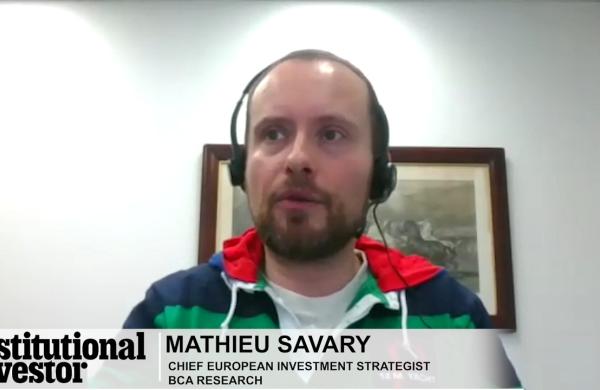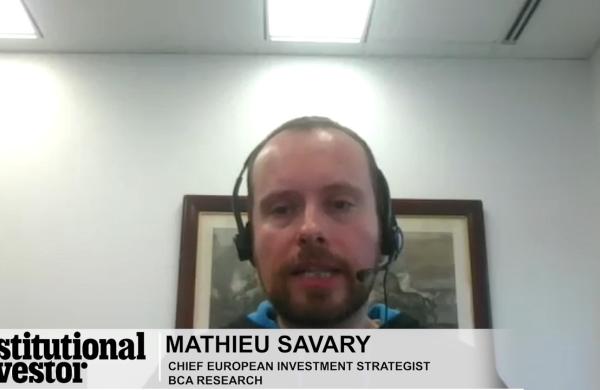< The 2014 All-Europe Fixed-Income Research Team
| Francis Yared & team | | Deutsche Bank | | First-place appearances: 2 Total appearances: 4 Team debut: 2011 | | | | Fabio Bassi, Gianluca Salford & team | | J.P. Morgan | | First-place appearances: 0 Total appearances: 4 Team debut: 2011 | Deutsche Bank and J.P. Morgan tie for second place, advancing from No. 3 and runner-up, respectively. London-based Francis Yared pilots his seven-person Deutsche squad to its first second-place appearance. The researchers anticipate a normalization of core rates this year, propelled by growth in the euro area and a slowdown in the pace of fiscal tightening. Overall, they believe that the region will enjoy structural improvements as European markets grow increasingly domestic and the European Central Bank becomes more active and preemptive in implementing its policies. In light of expected tightening in European asset-backed-securities spreads, Yared and his colleagues expect senior tranches of U.K. nonconforming residential mortgage-backed securities and leveraged-loan collateralized loan obligations to be top performers in 2014. Finally, they also favor second-tier Spanish covered bonds, as well as Italian Treasury notes and bonds.
For its part, J.P. Morgan notches its best performance since the firm’s 2011 debut at No. 2, thanks in part to the analysts’ excellent “coverage and research on euro zone peripheral debt markets,” in the words of one client. Newcomers Fabio Bassi and Gianluca Salford took over leadership of the seven-strong team in London from Pavan Wadhwa, who joined BlackRock in September. “The most important themes in global rates in 2014 are going to be yield curve segmentation and cross-market divergence,” asserts Bassi. Noncore spreads will narrow this year, the strategists forecast, and central banks will remain committed to low rates, containing the front end of the yield curve while tapering at the long end. In anticipation of this steepening, they recommend going long in the near term and short at the tail. |




